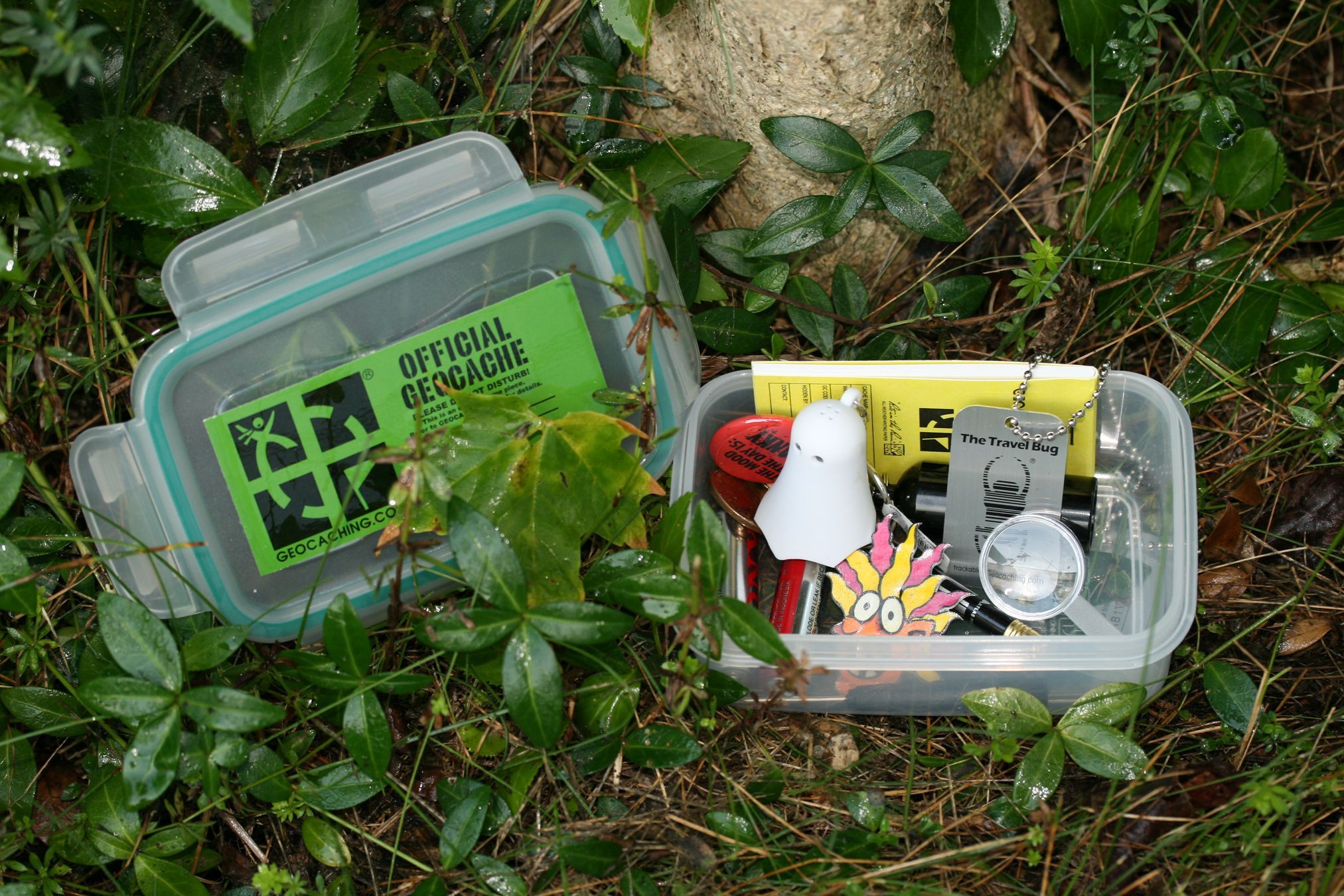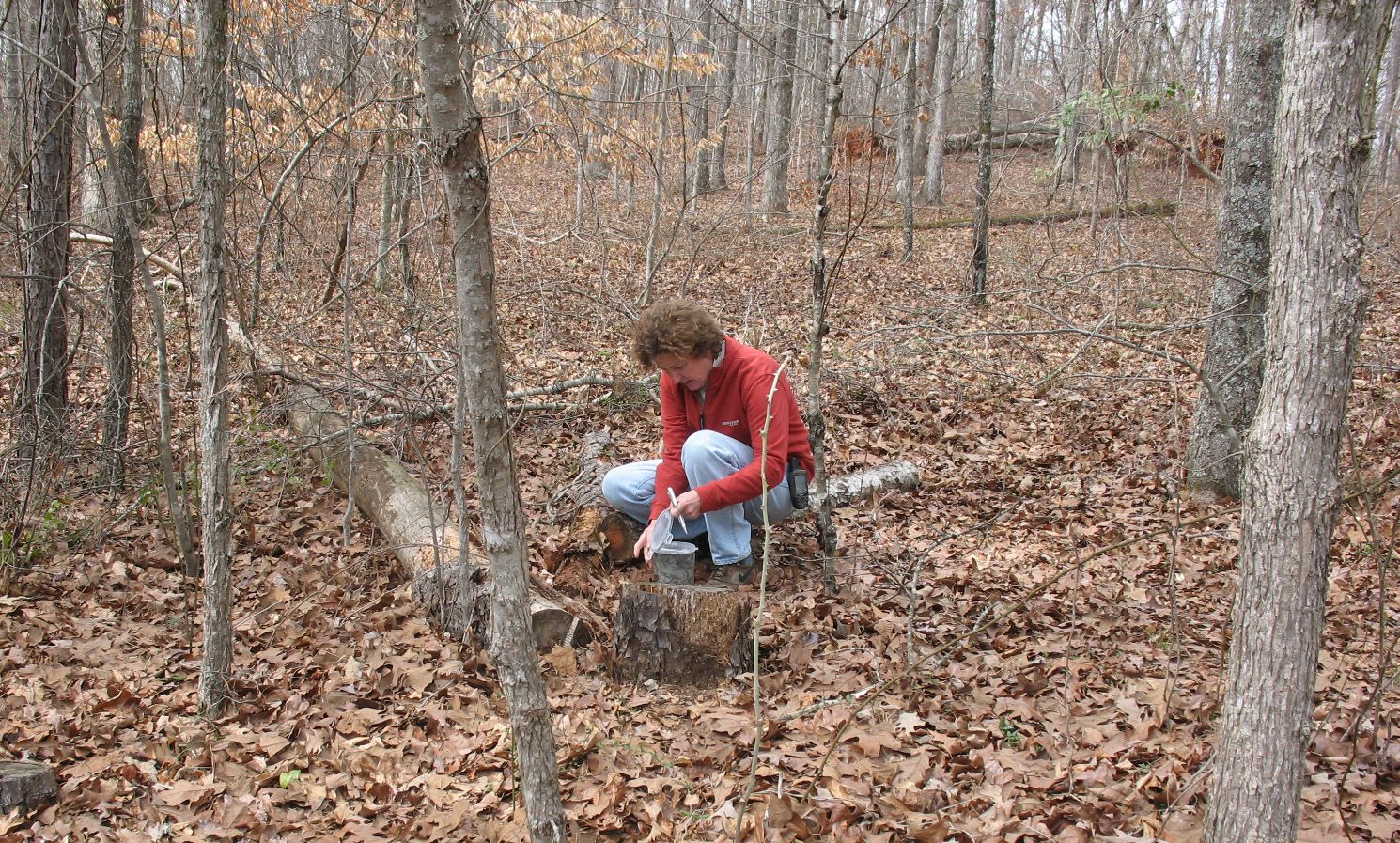Your childhood dream of traversing an inhospitable wilderness and discovering hidden treasures has actually come true and is becoming ever more widespread, thanks to so-calling Geocaching and Gymkhana GPS. The point of this fun game, born more than a decade ago, is to search for boxes hidden in all sorts of places around the world with the help of your geolocation-capable device and a few clues from the person who hid the chest. Today there are millions of treasure hidden around the world. Fancy giving it a shot?
Origins of geocaching
Until the end of the last century, GPS localization devices at the user level were intentionally restricted, and offered data that was not terribly precise by design in order to avoid the devices’ use for military purposes; this was called “selective availability.” In May of 2000, these limits were removed due to popular demand for use of these devices in daily life.
To celebrate this fact, a group of users began to develop the idea of hiding small treasures for other people to search for using geographic coordinates and certain clues. The first “treasure” was hidden in a forest outside Portland on May 3 that same year, launching an enormous expansion in the concept that continues to this day, with more than two million boxes hidden around the world in 200 countries and more than six registered explorers. It seems that all of us have a pirate inside looking for a bit of adventure.
Rules of finding and hiding treasures
The website Geocaching.com is now the main place hosting all the activity of “geocachers,” although there are countless local pages in various languages. OpenCaching, for example, is a multi-language platform.
But what exactly does this treasure-hunting thing consist of? Through one of the sites mentioned you can consult an enormous list where you’ll see if someone has hidden a geocache in your city or any other place you select. There will be a file where the creator lists a description of the place the treasure is hidden along with its coordinates, meaning that there is a big learning and adventure element to this activity. If you’re visiting a new city, looking for treasure locations is an excellent way to discover interesting places in the area.

Once you’ve arrived to the place, you’ll certainly have to carefully comb over the entire vicinity. Under a rock, in a ventilation tube, in a row of hedges… In fact, there are even geocaches in the sea that you’ll have to wear a dive suit to reach, and others hidden at the peaks of mountains several thousand meters high. Be that as it may, the box must be well-protected to withstand the elements, and above all to protect its contents, the treasure!
The box itself may not actually have anything in it besides a small message congratulating you on your discovery, but others will hold gifts left there by other explorers. (Oh, that’s another of the main rules of geocaching: if you take one of the treasures from the box, you must leave another of similar value for other explorers who will come after you.)
In addition, inside the box there will normally be a small visitors’ book where you should add your name to bear witness of your discovery. You can later access the Geocaching website or any of the communities that you visit to comment on how the experience has been. And that is exactly where the magic of these adventures lies: the important thing this is not the treasure itself, but the journey it takes to find it.

Your smartphone is your compass
These days practically every smartphone has integrated GPS functionality, so you need no external devices except your phone to orient yourself on your search. In fact, many geocaches can be found even without this sort of assistance, simply by using the description that the creator has left online. Nevertheless, it’s a huge help to have some tool to guide you during your exploration, especially if you’re not familiar with the area.
There are loads of geocaching apps for Android, with the most popular being c:geo, an unofficial Open Source tool that offers everything necessary to embark on your adventures, where you can do everything from registering at Geocaching.org to consulting maps showing the location of the treasures with integrated use of the Google Maps API. Other interesting tools include a compass or a file viewer based on the official web data to consult the information supplied by the creator.







